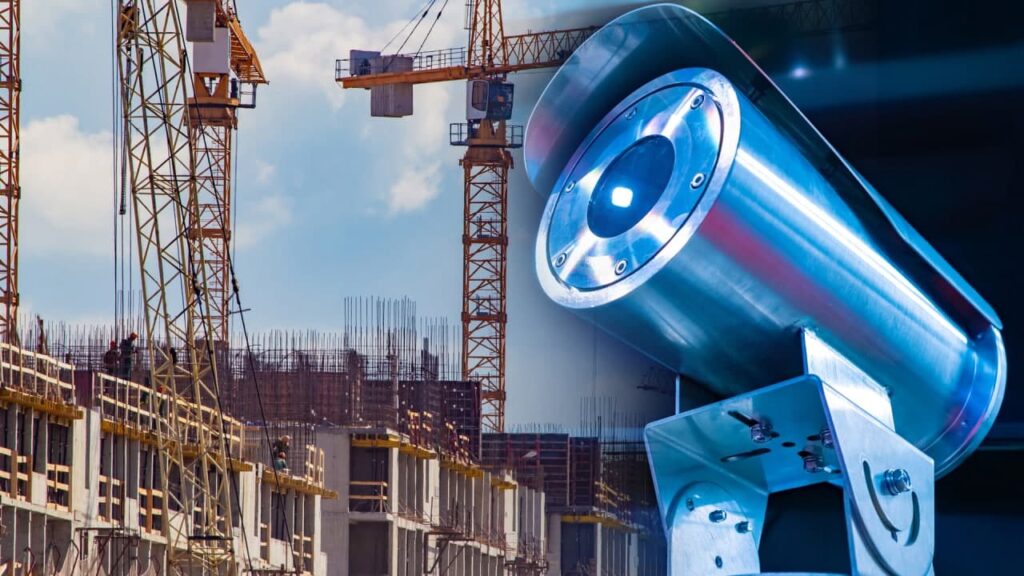
Anti-vandal cameras. 10 main selection criteria
Anti-vandal cameras. 10 main selection criteria
The weakest point in a video surveillance system is the camera itself. It can be damaged by an intruder, vandal (intentionally), and in addition, there is a risk of accidental damage and destruction. It is necessary to take into account the fact that outdoor cameras are constantly exposed to nature. Anti-vandal production technologies are used to protect video recording equipment. Read our article about what a modern anti-vandal camera is and how to choose it.
Why are anti-vandal cameras needed and where are they used?
Most often, anti-vandal video cameras are used for outdoor video surveillance and in crowded places.
You cannot do without them in the food and entertainment sector (nightclubs, cafes, restaurants/bars), as well as in retail (large shopping centers, retailers, shops).
However, the main buyer of anti-vandal cameras is the state. It installs similar equipment in the metro, underground passages, schools, sports facilities, and government agencies.
For the organization of outdoor video surveillance, at the forefront is the ability to work in different weather conditions. A camera must work under the following conditions:
- high and low temperatures and their differences;
- heavy precipitation;
- strong gusts of wind, including hurricanes, tornadoes;
- high humidity;
- icing;
- in the dark.
CONCLUSION: an anti-vandal CCTV camera must have protection against mechanical influences and a high level of resistance to objective, atmospheric influences. In this case, the camera must include a set of technical parameters typical for conventional cameras (depending on the goals and objectives of video surveillance). We recommend using digital IP video surveillance.
Design features
The main design features of anti-vandal equipment are:
- sealed and durable housing. For manufacturing, such materials as high-strength, impact-resistant metal, high-strength glass, polycarbonates (withstand shocks up to 650 kg/sec.) and special protective paint are used;
- additional covers. These elements are necessary to resist natural influences (rain, snow, sun);
- protection of cables. Special boxes made of impact-resistant materials and a special design of the mounting mechanism are used;
- different types of lenses and the ability to work at different focal lengths. Taking into account the working conditions and objectives of surveillance, you can choose a camera with a mono-vari-trans focal lens, as well as with a narrow-focus lens, which allows you to detail the object of surveillance. The best option is a zoom lens, which allows you to remotely adjust the focal length;
- built-in high resolution and light sensitivity. Want the perfect image? Choose cameras with high light sensitivity and resolution;
- presence of IR illumination, which is necessary for high-quality shooting in conditions of poor visibility and complete darkness;
- Wi-Fi and power capabilities. For outdoor cameras, a 12/24 V power supply is recommended. In cases where cabling is not possible, use the Wi-Fi capabilities.
Recommendations for selection
What criteria should be considered when choosing a device?
- Reference point for surveillance. How many objects and what area should be monitored? What are the priorities?
- Cost of the solution.
- Type of video surveillance and data storage method. In the 20s of the XXI century, it is advisable to use cloud video surveillance. It guarantees the highest level of data security without personal involvement and responsibility. There is also no need to purchase storage equipment. To find out all the ways of storing video recordings, read the article “4 ways of storing video recordings from surveillance cameras“.
- Reliable software and provider. Pay attention to the Faceter service. System analysis here.
- Opportunities for integration with other hardware and software.
- Long term of warranty service. The longer the period, the better.
- Weight of the structure. Outdoor vandal-proof cameras can be heavy. Other cameras weigh only 300-500 grams. Select equipment that will support a certain weight (walls and other surfaces).
- Presence of fasteners and cables in the set. Do you want to get additional costs for the purchase of fasteners and cables? Pay attention to their presence in the kit.
- Number of megapixels: the more there are, the better the image will be.
- Range and required viewing angle. These fundamental factors must be taken into account at the planning stage.
Together, all these points will help you choose the perfect model. Consider a PTZ IP camera and anti-vandal dome camera.
Conclusion
Remember that when installing anti-vandal cameras, you need to rely on the instructions, and it is best to entrust the installation to professionals. In no case should holes be made in the case, otherwise the integrity of the device will be compromised. This will nullify all the protective functions of the camera and void your warranty period.














